246794
Pentaerythritol tetraacrylate, Pentaerythritol triacrylate, and Trimethylolpropane triacrylate mixture
Sinónimos:
PTA/TMPTA mixture, Pentaerythritol acrylates mixture
About This Item
Productos recomendados
contiene
300-400 ppm monomethyl ether hydroquinone as inhibitor
índice de refracción
n20/D 1.483
densidad
1.18 g/mL at 25 °C
cadena SMILES
O=C(C=C)OCC(COC(C=C)=O)(COC(C=C)=O)COC(C=C)=O.OCC(COC(C=C)=O)(COC(C=C)=O)COC(C=C)=O.CCC(COC(C=C)=O)(COC(C=C)=O)COC(C=C)=O
InChI
1S/C17H20O8.C15H20O6.C14H18O7/c1-5-13(18)22-9-17(10-23-14(19)6-2,11-24-15(20)7-3)12-25-16(21)8-4;1-5-12(16)19-9-15(8-4,10-20-13(17)6-2)11-21-14(18)7-3;1-4-11(16)19-8-14(7-15,9-20-12(17)5-2)10-21-13(18)6-3/h5-8H,1-4,9-12H2;5-7H,1-3,8-11H2,4H3;4-6,15H,1-3,7
Clave InChI
JKLIUCYDNJCWHA-UHFFFAOYSA-N
Descripción general
Aplicación
- As a cross-linking agent to synthesize biodegradable poly (1,3-trimethylene carbonate) (PTMC) networks with improved creep resistance and thermal stability. PMTC networks find application in the field of soft tissue engineering.
- As a monomer precursor to prepare light-curing dental composites via photopolymerization.
- To fabricate polymer-dispersed liquid crystal(PDLC) films with low driving voltage, moderately high contrast ratio, and fast response time. These PDLC films are utilized in optoelectronic devices such as OLEDs, FET, and solar cells.
- As a monomer mixture to prepare 3D bioprinting resins viaphotopolymerization.
Palabra de señalización
Warning
Frases de peligro
Consejos de prudencia
Clasificaciones de peligro
Aquatic Acute 1 - Aquatic Chronic 1 - Carc. 2 - Eye Irrit. 2 - Skin Irrit. 2 - Skin Sens. 1
Código de clase de almacenamiento
10 - Combustible liquids
Clase de riesgo para el agua (WGK)
WGK 2
Punto de inflamabilidad (°F)
230.0 °F - closed cup
Punto de inflamabilidad (°C)
110 °C - closed cup
Equipo de protección personal
Eyeshields, Faceshields, Gloves, type ABEK (EN14387) respirator filter
Elija entre una de las versiones más recientes:
¿Ya tiene este producto?
Encuentre la documentación para los productos que ha comprado recientemente en la Biblioteca de documentos.
Los clientes también vieron
Nuestro equipo de científicos tiene experiencia en todas las áreas de investigación: Ciencias de la vida, Ciencia de los materiales, Síntesis química, Cromatografía, Analítica y muchas otras.
Póngase en contacto con el Servicio técnico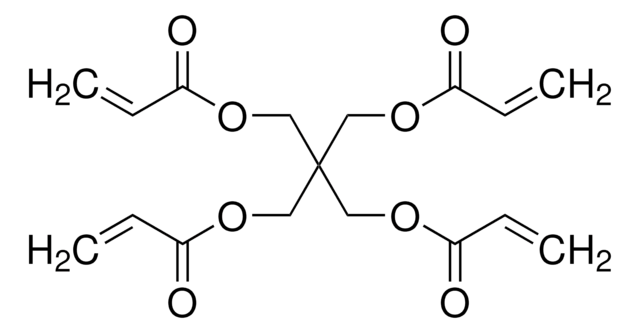
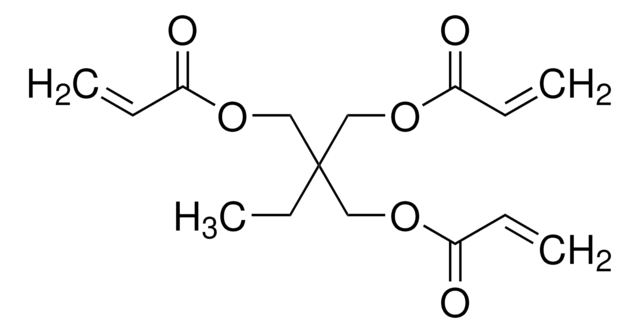
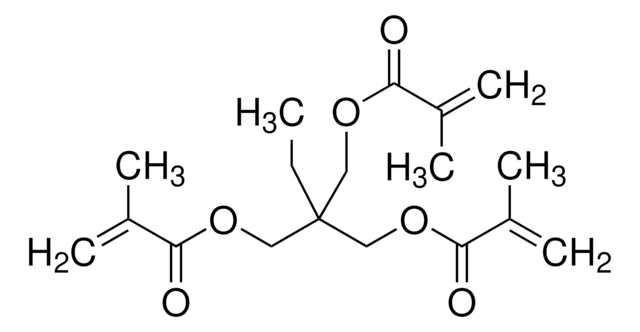
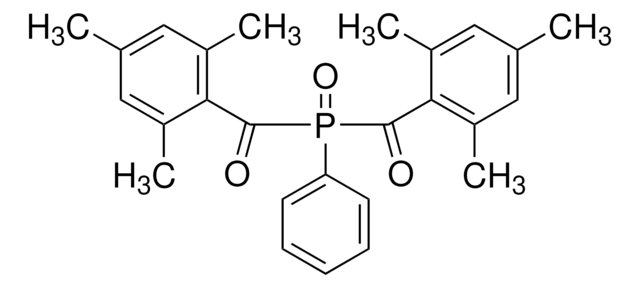

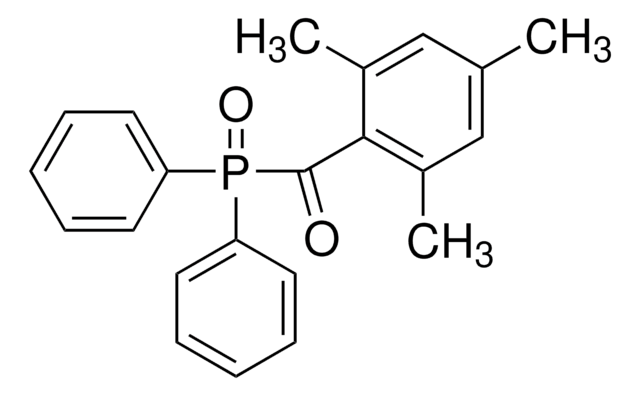
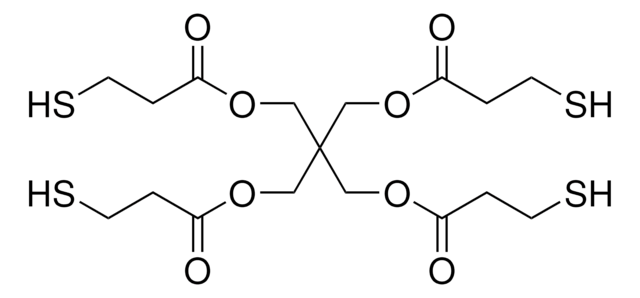


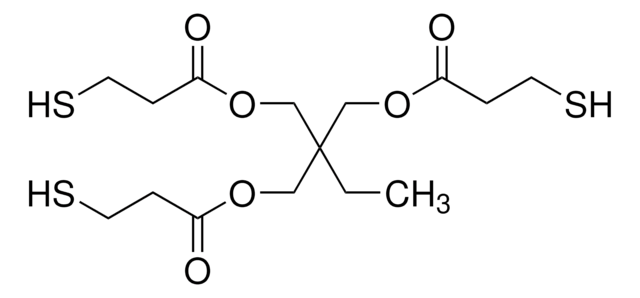



![Tris[2-(acryloyloxy)ethyl] isocyanurate](/deepweb/assets/sigmaaldrich/product/structures/254/494/1a620abc-8043-457f-92ec-87a959682438/640/1a620abc-8043-457f-92ec-87a959682438.png)
